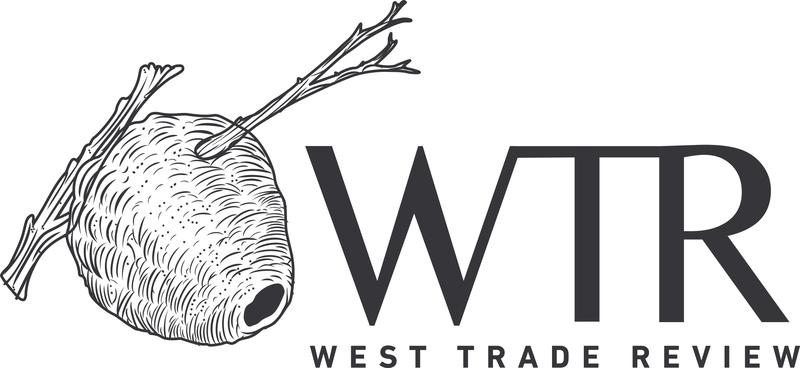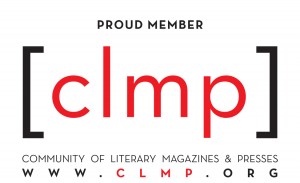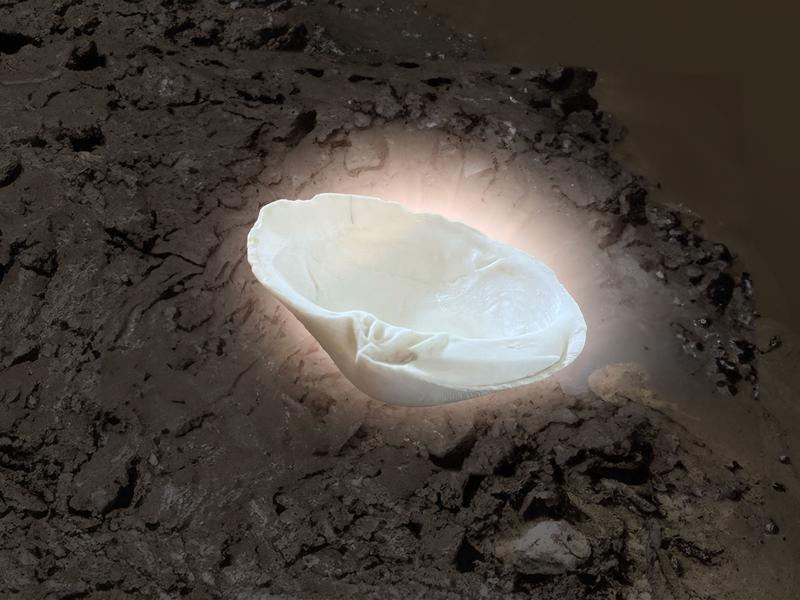Shanda Connolly
Image by Shanda Connolly
Shanda Connolly is an attorney in Los Angeles, and her fiction and essays have appeared in Narrative, New York Times, Prairie Schooner, Ruminate, Mosaic, and others.
Colossus
A clam shell, nearly seven inches in diameter, poked up from Linnie Canal almost halfway across the waterway, just west of the duck park. I’d spotted it weeks ago from the bridge, its bright-white outline piercing the stinky six-foot sludge of water.
When the quarantine began in early March, the three of us started taking daily walks. A voice in my head said, “Just keep walking.” Take in some fresh air, be in nature, get some exercise—a positive action to take for our physical and emotional survival in an uncertain time, in challenging conditions. In all respects, forward movement.
My daughter, seven, quickly tired of our neighborhood, so we gravitated nearer the water. With the beaches closed, we turned toward the Venice Canals.
“It’s probably just trash, maybe a plastic lid,” my husband said.
“But it’s not perfectly round,” I responded. “And it’s got a lip on one side.”
For weeks, we walked there, and I kept an eye on it. My daughter fed the ducks. In June, the water level in the canals rose and a momma duck in an adjacent lot had eight babies. By July, the water swelled to the canals’ edges and the babies learned to swim. Then, with the new moon later that month, the tides receded and the water in the canals went low again. I spied the shell, now eight feet from the water’s edge.
My husband rigged a plastic pipe to put around the end of our rake to make it long enough to reach the shell. I shoved my feet in plastic produce bags before putting on socks and shoes, as well as rubber gloves, and made my way down to the canal with my rake and plastic pipe, easy and calm, like here I go again, like I do this sort of thing all the time. I said hello to the woman who lives in a huge house nearby. I asked myself when I got my last tetanus shot. I felt my nose burn from the stench of the toxic water, even with my mask on. Then, I put the extended rake into the water, pulled out the algae-and-guck-covered husk, and plunked it into another produce bag.
Cleaned up, the clam shell shined smooth, like ivory, like a piece of antique bone china and, near its lip, was almost an inch thick. We put it in the center of the dinner table, because gazing at our treasure—this old chunk of calcium carbonate—made us giddy, like a bunch of looters of an old pirate ship. We marveled at how something could not only live in those conditions, but also that it could thrive—that it could turn into something so rare and lovely, into such a mighty, gleaming colossus of clam. Its beauty was a testament of something far bigger, so important for us, especially now, inspiring us and reminding us to thrive, too.
We also keep hoping to find the other half.
__________________________________________________________________________________________________________________________________________________________________________
__________________________________________________________________________________________________________________________________________________________________________
__________________________________________________________________________________________________________________________________________________________________________
__________________________________________________________________________________________________________________________________________________________________________
__________________________________________________________________________________________________________________________________________________________________________
©2023 Iron Oak Editions LLC
Stay Connected to Our Literary Community. Subscribe to Our Newsletter



